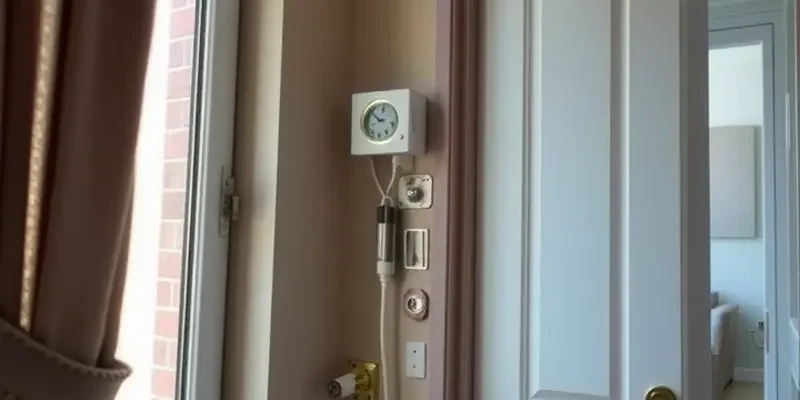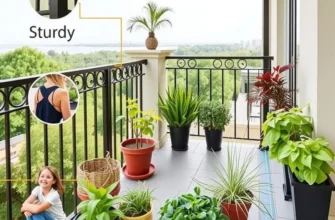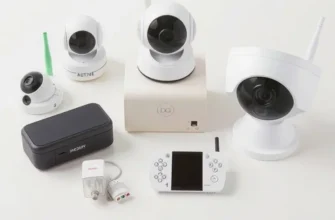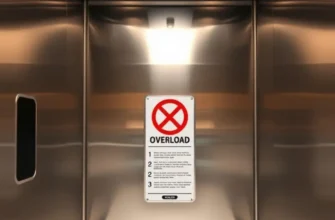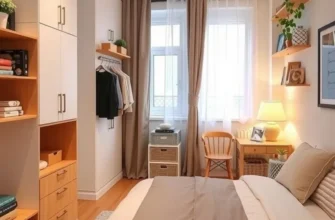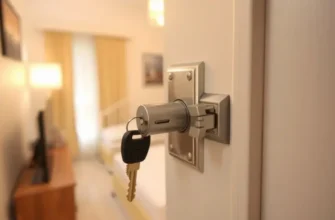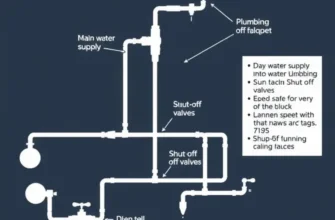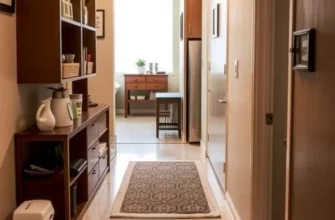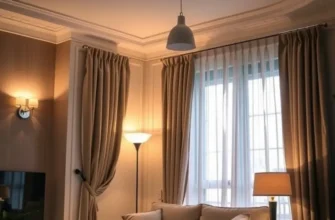Renting an apartment can feel like a leap into a new chapter, filled with possibility yet accompanied by uncertainties about safety and maintenance. It’s vital to establish a secure haven amidst this transition. A thorough apartment safety checklist not only helps tenants protect their belongings but also fosters peace of mind in daily living. Whether you’re a first-time renter or a seasoned pro, being mindful of your apartment’s security and upkeep can significantly enhance your living experience. By taking proactive steps, you can ensure that your apartment is both a safe sanctuary and a comfortable home. This guide will walk you through essential steps to make your rental space secure, practical considerations to facilitate easy maintenance, and tips for fostering a sense of community when living in shared spaces. Together, let’s prioritize a holistic approach towards a secure and hassle-free renting experience across the U.S.
Securing Your Space: Safety First
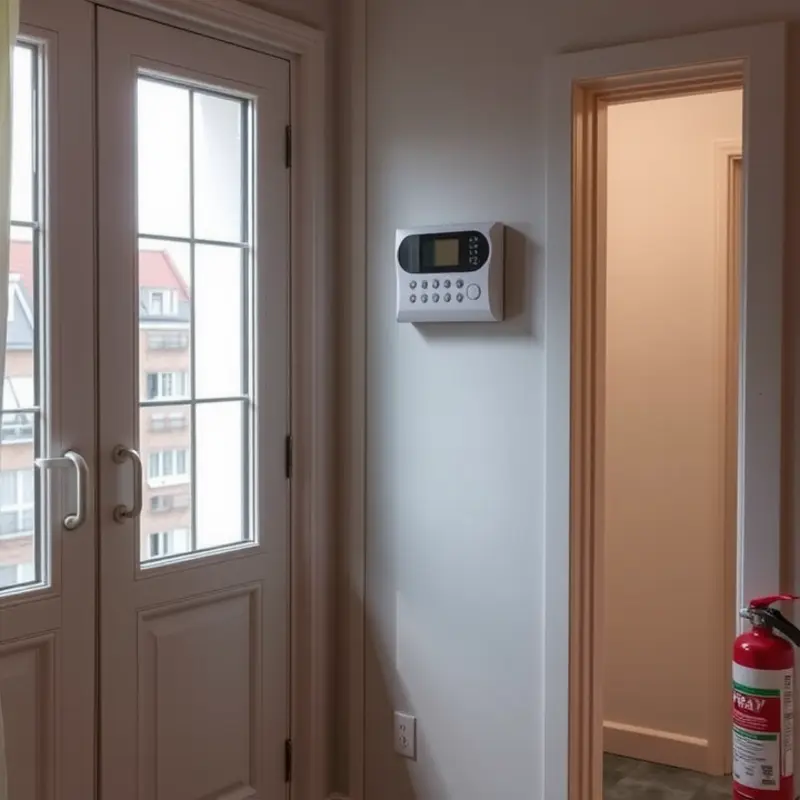
Ensuring the safety of your apartment is paramount as a renter. It begins with securing entry points, such as doors and windows, to create a first line of defense. Always use robust locks, and if none are provided, install deadbolts or specialized locking mechanisms. Consider adding a peephole to your door, granting you a visual check on any visitors without compromising safety.
Windows should be equipped with functional locks. For added security, particularly on ground floors or easily accessed areas, consider installing window alarms or security bars. These act as deterrents against potential break-ins, offering an additional layer of peace of mind.
Smoke detectors play a crucial role in apartment safety. Ensure your apartment is equipped with working smoke detectors in crucial locations, such as kitchens and hallways. Regularly test these detectors and change their batteries annually. Some local regulations might stipulate specific requirements for smoke detector placement and maintenance, and understanding these can be critical. Furthermore, ensure your apartment has a carbon monoxide detector, especially if you use gas heating or appliances.
In addition to locking mechanisms and detectors, a well-stocked first aid kit is an essential safety tool. Store it in an easily accessible location, ensuring it includes necessary items such as bandages, antiseptics, and pain relievers. Regularly check the kit’s contents and replenish any used or expired items.
Understanding your local safety regulations can significantly impact how you secure your apartment. Regulations might dictate fire escape plans or security measures specific to your area. Familiarity with these rules ensures compliance while enhancing safety.
While securing your apartment, consider insurance as a critical facet of safety. Renters insurance provides a financial safety net against theft, accidents, or natural disasters. Learning about affordable renters insurance options can ensure you’re prepared for unpredictable events (check this guide for more information).
Taking proactive steps to secure your apartment builds a foundation of safety and peace of mind. From electronic security solutions such as smart cameras to understanding emergency exit routes, a robust approach to apartment safety transcends simple locks. Tailoring these strategies to your specific living situation can transform your apartment into a safe haven.
Maintenance Made Easy: Hassle-Free Living
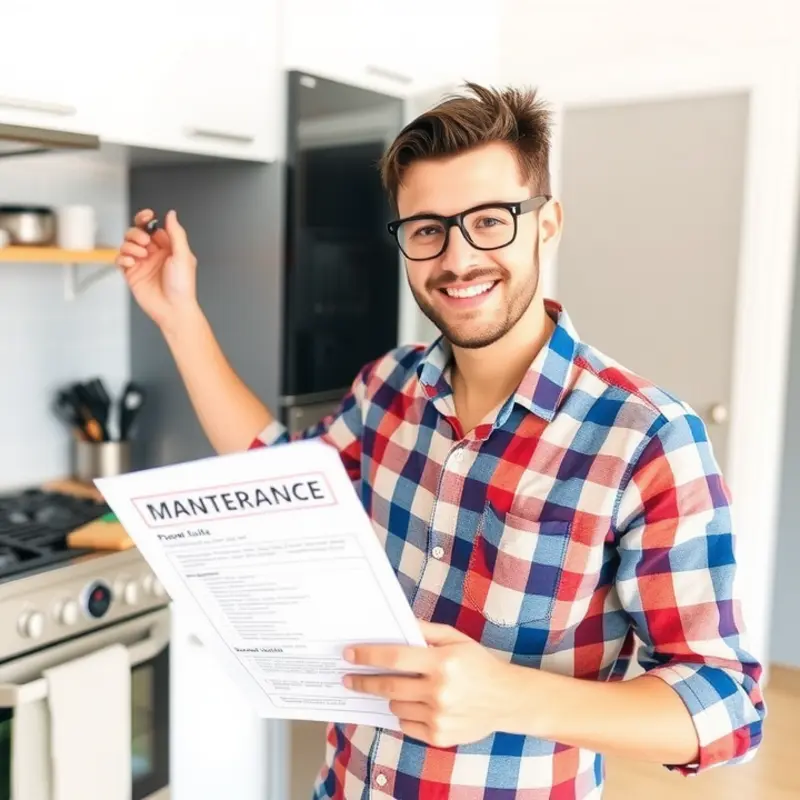
Keeping your apartment in top shape doesn’t have to be a daunting task. Regular maintenance not only ensures safety but also enhances your living comfort. Here’s a guide to simplify the process, ensuring your apartment remains the sanctuary it should be.
Start with routine checks to identify potential issues early. Observe your apartment for signs of wear and tear. Inspect pipes under sinks for leaks, listen for unusual sounds or vibrations from your appliances, and check windows and doors for drafts. Doing these inspections monthly can prevent minor issues from snowballing into major repairs.
When problems do arise, timely reporting to your landlord or property manager is crucial. Clearly and succinctly describe the issue, its exact location, and how it affects your living conditions. Maintaining open and polite communication with your property manager is vital. Remember, most landlords appreciate tenants who provide detailed reports, as it aids in quick and effective maintenance.
Some issues can be tackled with easy DIY solutions. Squeaky doors may only require a dab of lubricant. Clogged drains can often be cleared by removing debris from visible areas or using a mixture of baking soda and vinegar. Address minor paint scratches or nail holes with touch-up paint or removable wall adhesive. However, ensure that any DIY fixes comply with your rental agreement to avoid potential disputes.
For more significant repairs, like a faulty water heater or persistent pest problems, it’s essential to notify your management promptly. A more in-depth guide to water heater maintenance can provide insights into what you can safely check or must report.
Proactive maintenance can also help in preventing accidents. Keep common areas, like entryways and walkways, clear of clutter to avoid trips and falls. Verify smoke and carbon monoxide detectors are functioning; they’re your first line of defense against fire and gas leaks. Most importantly, stock up on basic emergency supplies, such as a first-aid kit, flashlight, and bottled water, for peace of mind.
Preparing for emergencies means thinking ahead. Ensure you know the emergency exits and keep emergency contact numbers handy. Consider drafting a simple evacuation plan; practice can save valuable time in case of an actual emergency. If you have pets, make sure your plan includes them, as this will help you act swiftly when every second counts.
Routine maintenance can be the difference between a safe haven and a stressful environment. By staying aware and proactive in maintaining your apartment, you contribute not only to its longevity but also to your peace of mind. Whether you plan to stay short-term or make it your home sweet home for the foreseeable future, these efforts ensure you’re living safely and comfortably.
Final words
Establishing safety and ease of maintenance in your apartment should be a priority that not only protects your physical space but enriches your experience as a renter. By implementing the actionable tips laid out in these chapters, you can create a sanctuary that feels secure, inviting, and well-maintained. Regular checks and a proactive approach not only shield you from potential hazards but also build a sense of community and stability in your living environment. Remember, being proactive about your apartment’s safety enhances not just your personal security, but contributes to a better living atmosphere for everyone in your building. Stay informed, stay secure, and enjoy your home to the fullest!

